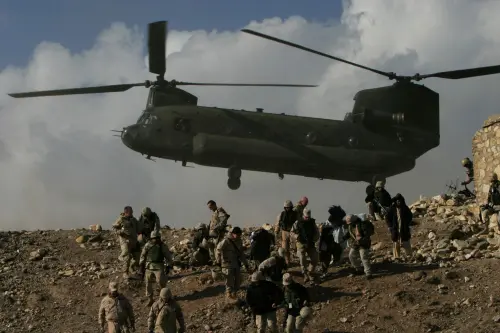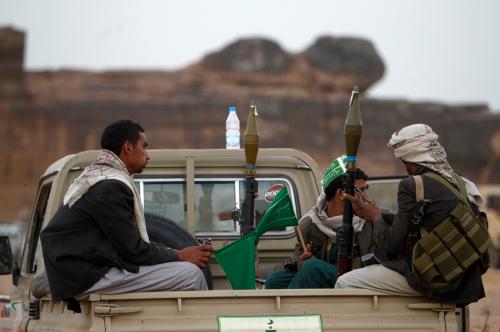In her new article, “Crime-War Battlefields,” published in the June-July issue of Survival, Vanda Felbab-Brown discusses the evolution of war since the end of the Cold War and the eventual rise of policy and analytical focus on the intersection of counterinsurgency, counterterrorism, and anti-organized crime efforts. She explains how over the past two decades, international peacekeeping, counterinsurgency, and other military forces have been neither properly trained nor eager to become involved in dealing with illicit economies and organized crime actors, but have nonetheless become increasingly unable to escape these aspects of their missions. Indeed, some of the missions recently taken on by international military forces have been pure anti-crime missions, such as the anti-piracy operations off Somalia. After surveying the nexus of crime and war from Latin America through Africa and Asia, the article ends with a set of policy recommendations for how modern militaries should deal with the nexus of conflict and crime.
INTRODUCTION
Military conflicts around the world increasingly conjoin political violence, organized crime and illicit economies. In many regions, domestic law enforcement responses to organized crime resemble warfare. Government suppression of urban crime and rural instability in Latin America and South Asia, for example, progressively merges police and military operations. In Mexico, Brazil and Central America, clashes between criminals and the authorities often have the intensity of intra-state urban conflict.
Modern militaries were not designed or trained to deal with illicit economies and organized crime. Nonetheless, the frequency and intensity of international military action at the nexus of violent conflict and crime has increased since the 1990s. Training police forces and devising responses to rising crime have been a key feature, and deficiency, of the counterinsurgency effort in Afghanistan. NATO works alongside the Chinese and Saudi militaries in anti-piracy patrols off the coast of Somalia, in what would normally be regarded as law-enforcement operations.
Although criminals and militants often interact with illicit economies in the same way, it is rare for such groups to merge into a homogenous, monolithic entity. Rather, when a crime–terror or crime–insurgency nexus emerges, their interactions will be unstable. Accordingly, countering domestic crime that threatens national security, or resolving military conflicts that involve criminals and illicit economies, requires a complex, nuanced and carefully calibrated response.
The Brookings Institution is committed to quality, independence, and impact.
We are supported by a diverse array of funders. In line with our values and policies, each Brookings publication represents the sole views of its author(s).



Commentary
Crime-War Battlefields
June 6, 2013